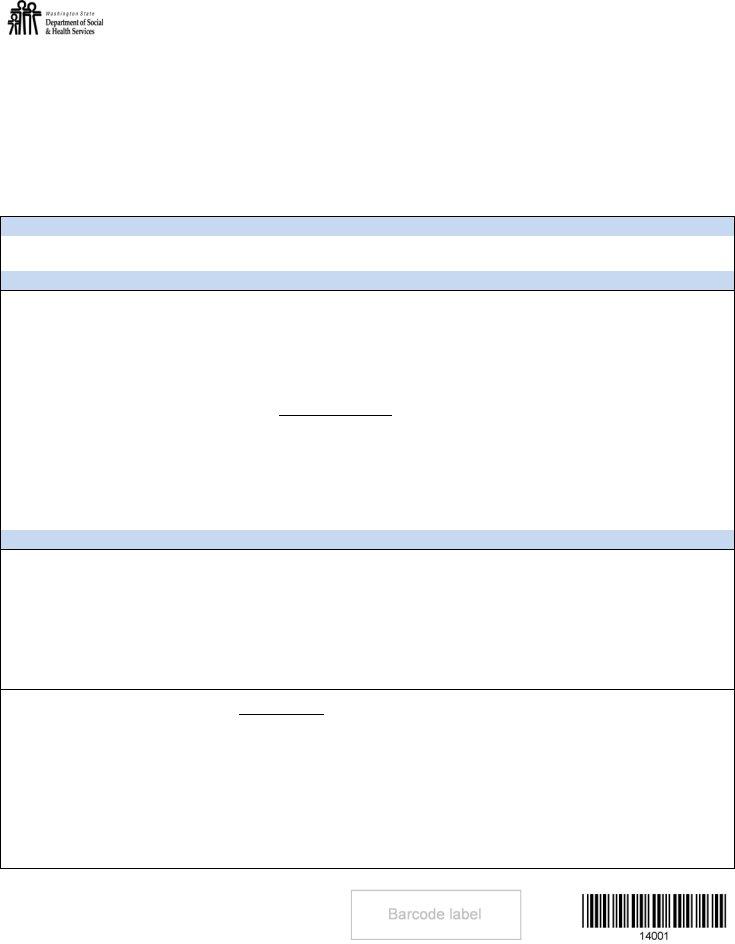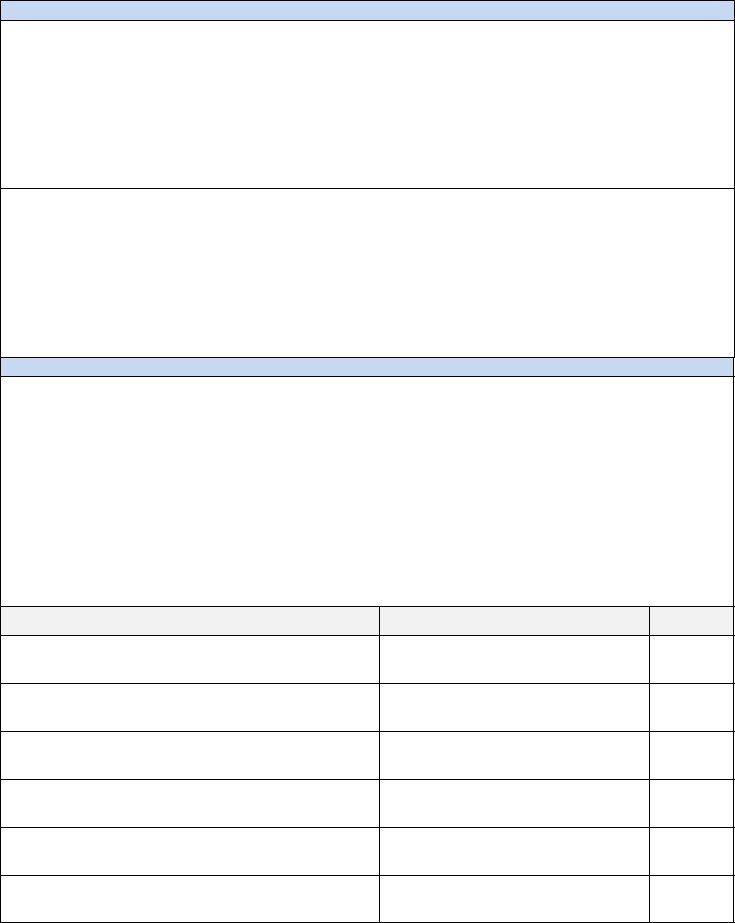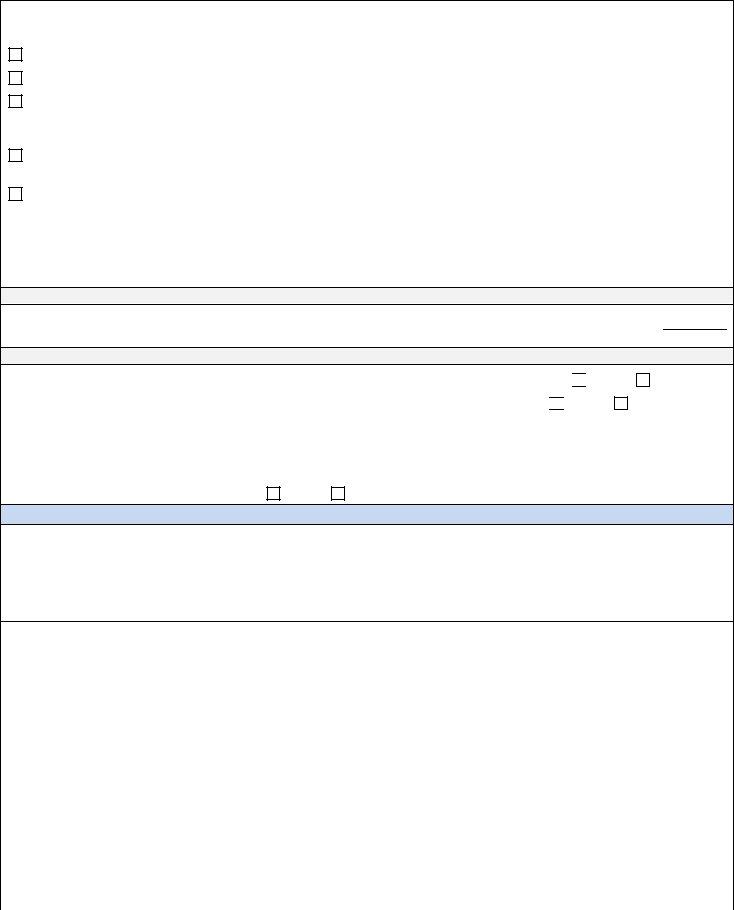Interacting with the DSHS 13-021 form can often seem overwhelming at first glance, given its comprehensive nature in evaluating an individual's physical functionalities and its direct impact on eligibility for public assistance. This form, primarily utilized within the state of Washington, serves multiple critical functions. It necessitates a thorough general or comprehensive physical evaluation of the client, relying on chart notes and a variety of supporting documents like lab results and diagnostic reports, all of which must be recent, dating back no more than six months. Importantly, it asks the examining professional to consider all of a patient's medical conditions, not just those that are currently presenting, in assessing their ability to work. Moreover, the form entails a consent portion where clients authorize the release of sensitive information, including that which pertains to mental health and STDs, to the Department of Social and Health Services (DSHS), albeit with strict confidentiality protections. It outlines the need for an objective and subjective assessment of the client, listing diagnoses and their impact on work activities, alongside an estimation of the client's tolerable work level. This intricate document not only guides healthcare providers in making informed medical opinions but also plays a pivotal role in determining an individual's access to essential public assistance programs. DSHS 13-021 is, therefore, a cornerstone document intertwining medical assessment with social welfare.
| Question | Answer |
|---|---|
| Form Name | Dshs 13 021 Form |
| Form Length | 3 pages |
| Fillable? | No |
| Fillable fields | 0 |
| Avg. time to fill out | 45 sec |
| Other names | dshs physical functional evaluation, DSHS, HIV, Washington |

Physical Functional Evaluation
1.Payment for a general or comprehensive physical evaluation is contingent upon receipt of available chart notes from within the past six months, as well as supporting evidence including lab results, pathology reports, diagnostic imaging reports, and range of motion studies. A bill for services must accompany this evaluation.
2.As you examine this patient, please evaluate all medical conditions that may limit their ability to work. You are not limited to evaluating the presenting condition(s). You are not required to complete any special test of functional capacity to render your professional medical opinion on this form.
Confidentiality: The information you provide is subject to Washington State Public Disclosure laws and may be released to the client upon request. DSHS discloses no further information without the written consent of the individual to whom it pertains or as otherwise permitted by state law.
A. Client Information
NAME |
BIRTH DATE |
CLIENT IDENTIFICATION NUMBER |
|
|
|
B. Authorization to Release Information
I authorize |
|
to release the following information to the Department of |
|
EXAMINING PROFESSIONAL’S NAME |
|
Social and Health Services (DSHS), solely to evaluate eligibility for public assistance. This release includes diagnostic testing or treatment information concerning mental health, alcohol or drug abuse, sickle cell disease, and results of Sexually Transmitted Diseases (STD), including HIV/AIDS [Revised Code of Washington (RCW) 70.24.105].
This authorization is valid for one year or until(date).
I may revoke or withdraw this authorization in writing at any time.
I understand that the information provided to DSHS may be
CLIENT’S SIGNATURE |
DATE |
|
|
C. Subjective
Chief complaints and reported symptoms:
Reported onset of primary impairment:(date).
Describe any treatment history including hospitalizations:
PHYSICAL FUNCTIONAL EVALUATION
DSHS
Page 1

D. Objective
Attach chart notes detailing examination findings.
Describe any
List all laboratory, imaging, range of motion, and other diagnostic test results (attach reports):
E. Assessment
1.List each diagnosis in Column 1 below, starting with the primary impairment.
2.In Column 3 below, estimate the severity of the diagnosis based on your professional medical opinion using the following definitions:
RATING |
SEVERITY |
DEFINITION |
1 |
None |
No interference with the ability to perform one or more basic |
|
|
|
2 |
Mild |
No significant interference with the ability to perform one or more basic |
|
|
|
3 |
Moderate |
Significant interference with the ability to perform one or more basic |
|
|
|
4 |
Marked |
Very significant interference with the ability to perform one or more basic |
|
|
|
5 |
Severe |
Inability to perform one or more basic |
|
|
|
Basic work activities include (a) sitting, (b) standing, (c) walking, (d) lifting, (e) carrying, (f) handling, (g) pushing,
(h) pulling, (i) reaching, (j) stooping, (k) crouching, (l) seeing, (m) hearing, and (n) communicating.
DIAGNOSIS
AFFECTED WORK ACTIVITY
(See (a) – (n) above)
SEVERITY
RATING
DSHS |
Page 2 |

In your professional medical opinion, what work level is the client capable of performing in a regular* predictable manner despite their impairment?
Heavy work |
Able to lift 100 pounds maximum and frequently** lift or carry up to 50 pounds. |
Medium work |
Able to lift 50 pounds maximum and frequently** lift and/or carry up to 25 pounds. |
Light work |
Able to lift 20 pounds maximum and frequently** lift or carry up to 10 pounds, able to walk or stand |
|
six out of eight hours per day, and able to sit and use pushing or pulling arm or leg movements |
|
most of the day. |
Sedentary work.. Able to lift 10 pounds maximum and frequently** lift or carry lightweight articles. Able to walk or stand only for brief periods.
Severely limited. Unable to meet the demands of sedentary work.
*Regular predictable manner means the person is capable of sustaining the work level over a normal workday and workweek on an ongoing, appropriate, and independent basis.
**Frequently means the person is able to perform the function for 2.5 to 6 hours out of an 8 hour day. It is not necessary that performance be continuous.
DURATION
How long do you estimate the current limitation on work activities will persist with available medical treatment?
MONTHS
SUBSTANCE ABUSE
Are the current impairments primarily the result of alcohol or drug use within the past 60 days? Yes
Would the current level of impairment be expected to persist following 60 days of sobriety? Yes If not, how would they change?
No
No
Is alcohol / drug treatment recommended?
Yes
No
F. Plan
List any additional tests or consultations needed:
What treatment is recommended?
RETURN THIS REPORT TO: |
|
PRINT NAME OF EXAMINING PROFESSIONAL |
|
EXAMINATION DATE |
|
|
|
|
|
|
|
|
|
SPECIALTY AREA/ADVANCED TRAINING |
|
TELEPHONE NUMBER |
|
|
|
|
|
|
|
WORKER SIGNATURE |
DATE |
STREET ADDRESS |
CITY |
STATE |
ZIP CODE |
|
|
|
|
|
|
TELEPHONE NUMBER |
|
EXAMINING PROFESSIONAL’S SIGNATURE/TITLE |
|
DATE |
|
|
|
|
|
||
FAX NUMBER |
|
REVIEWING AND ADOPTING PROFESSIONAL’S SIGNATURE |
DATE |
||
|
|
|
|
|
|
DSHS |
|
|
|
|
Page 3 |